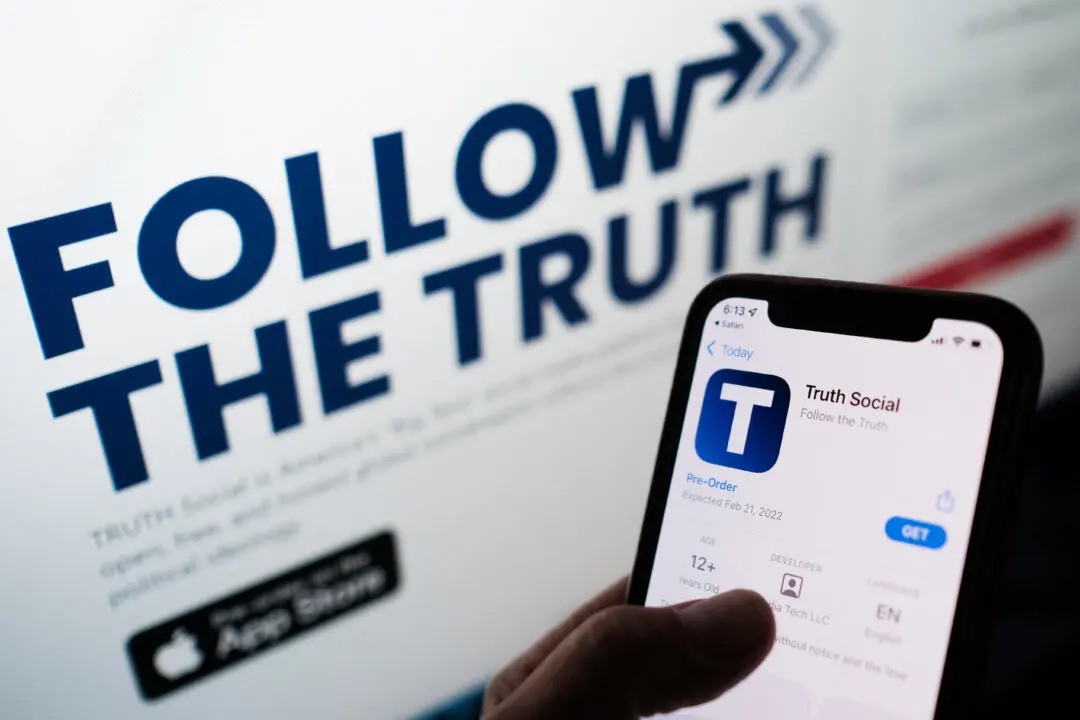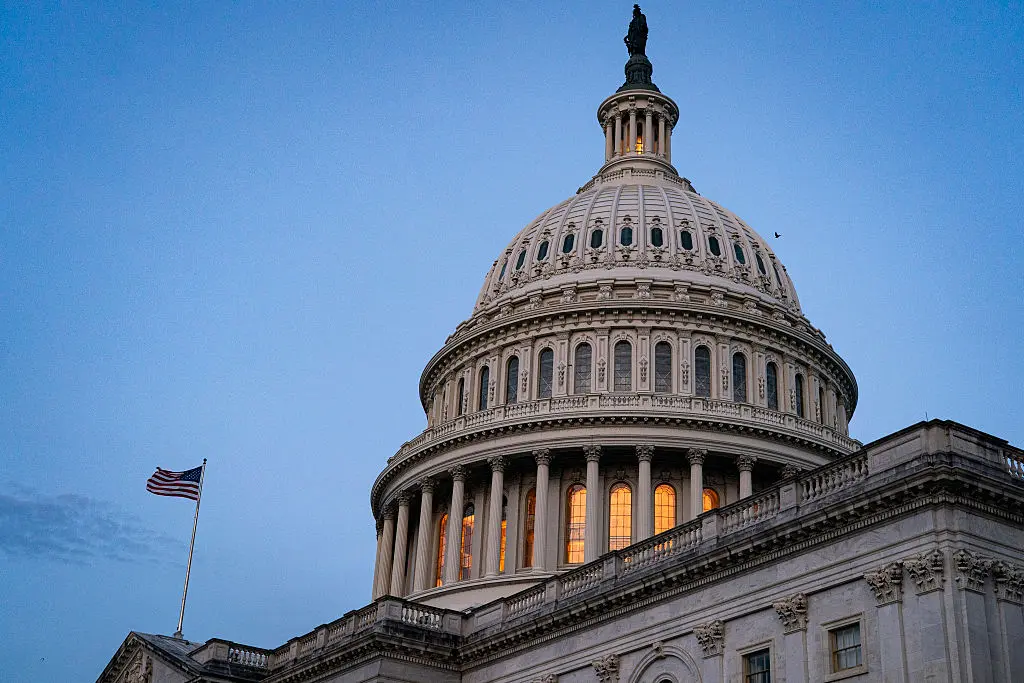Retail sales beat market forecasts in October as Americans bought more big-ticket items like cars and furniture, but the outlook for the all-important holiday shopping season looks gloomy, as retail giant Target warned of a consumer demand slump.
The Department of Commerce reported on Nov. 16 that retail sales rose 1.3 percent last month, beating market forecasts of 1.0 percent. In September, retail sales were flat, at 0.0 percent.





